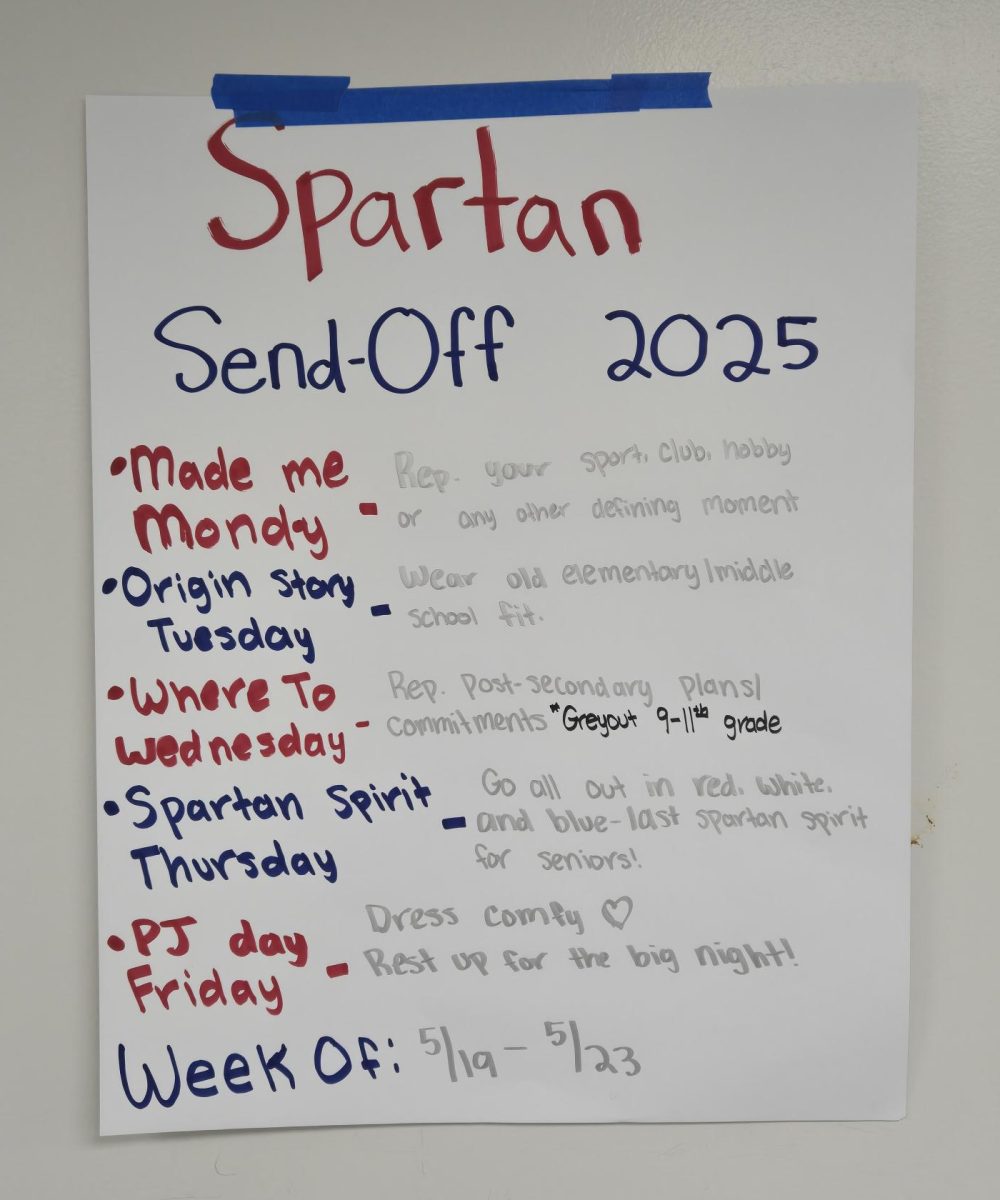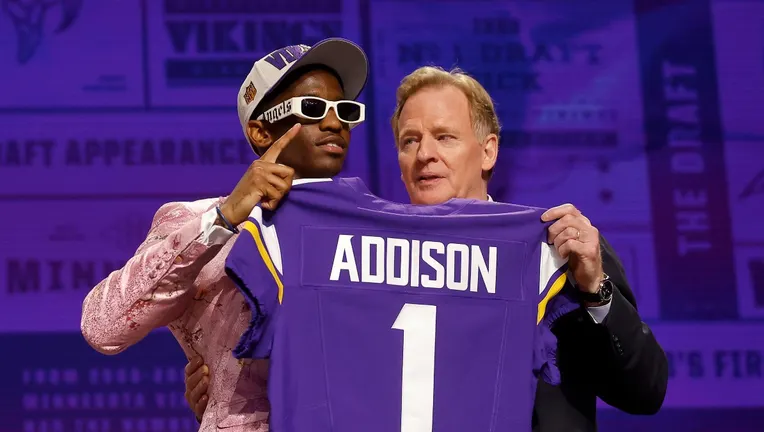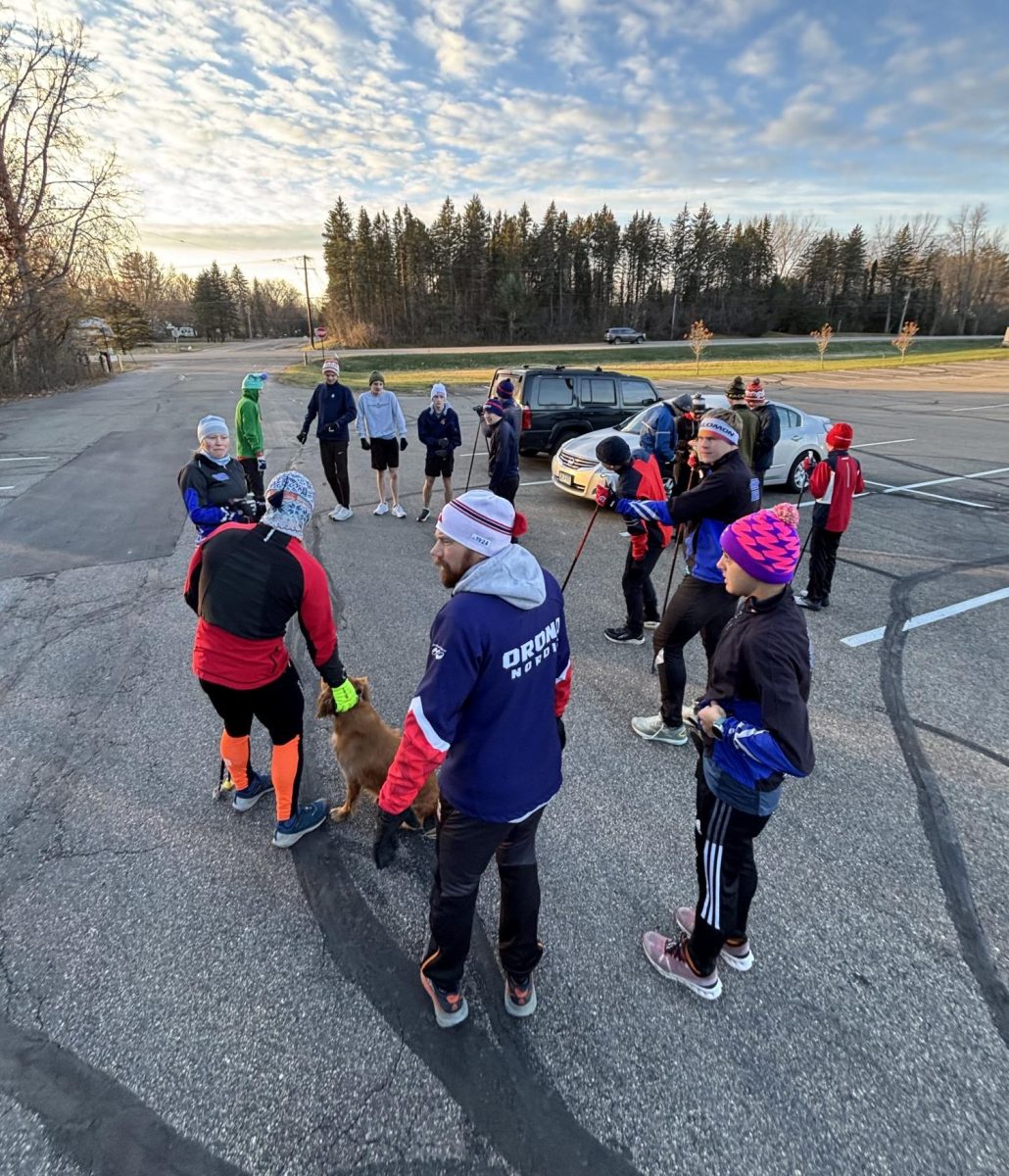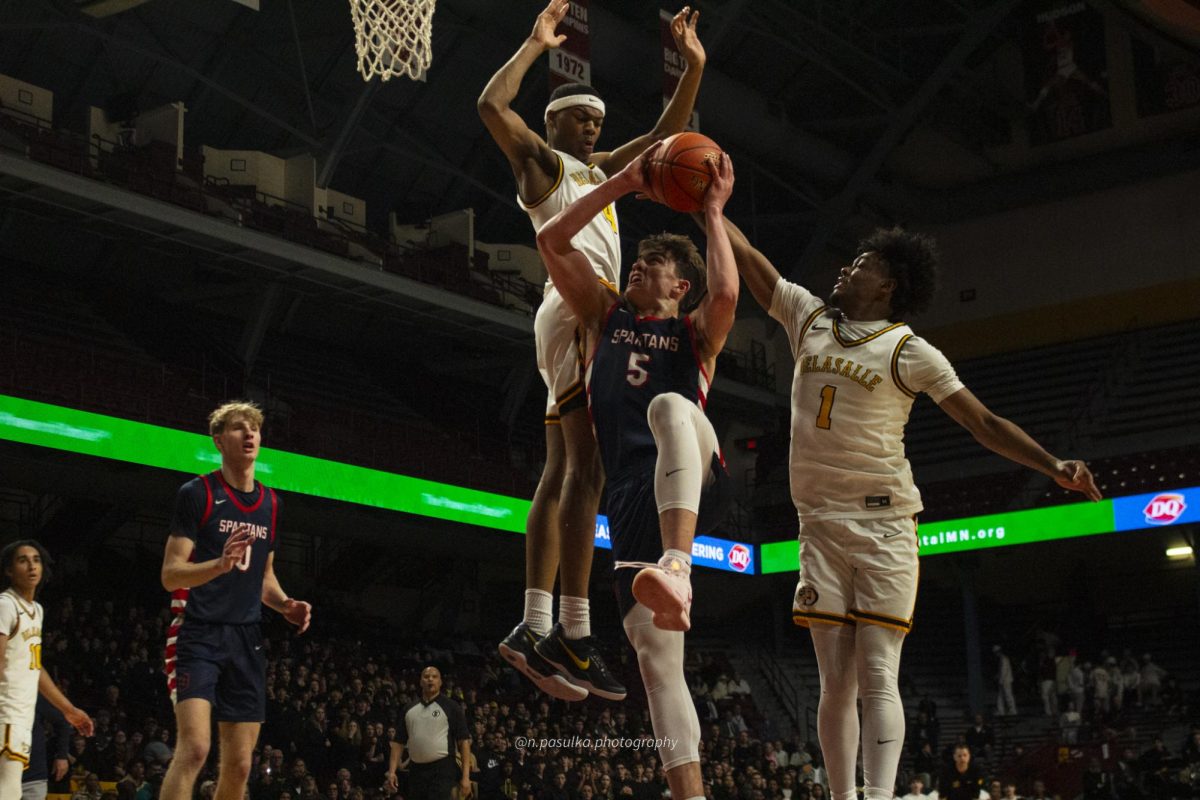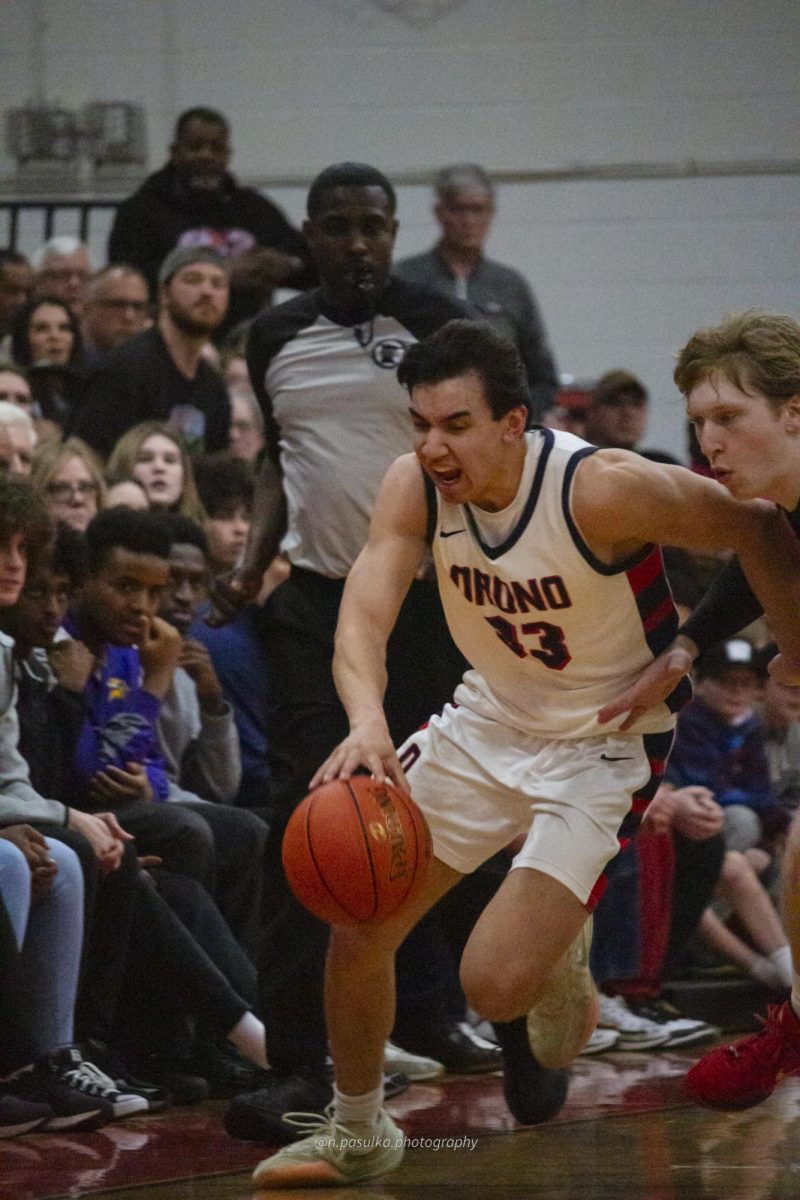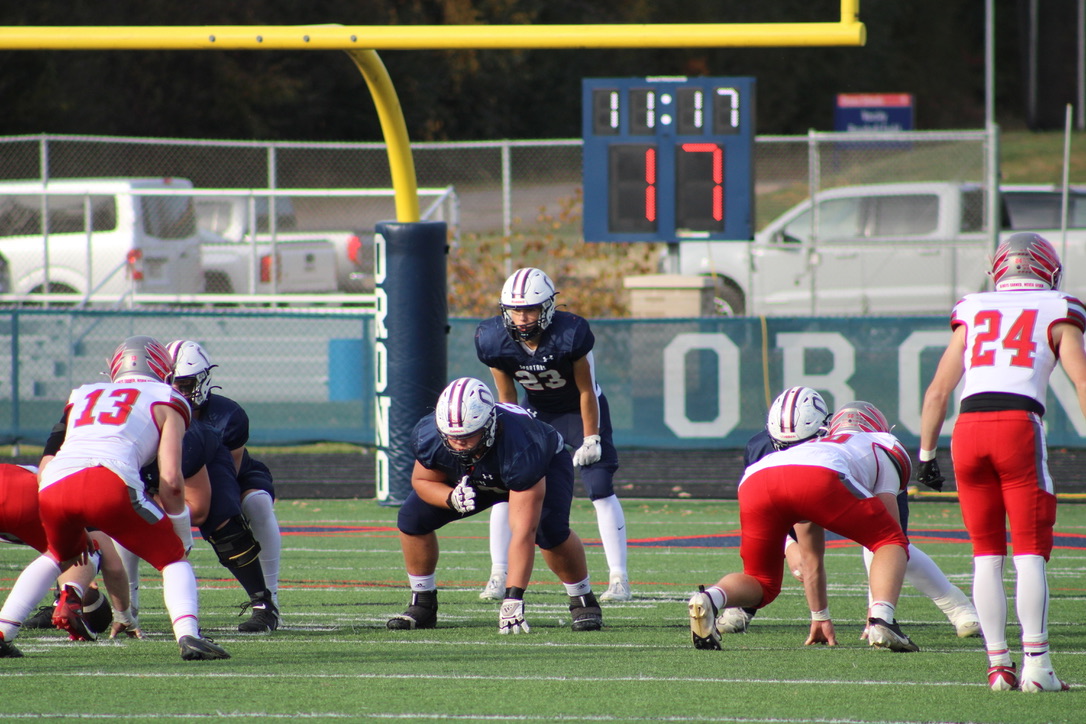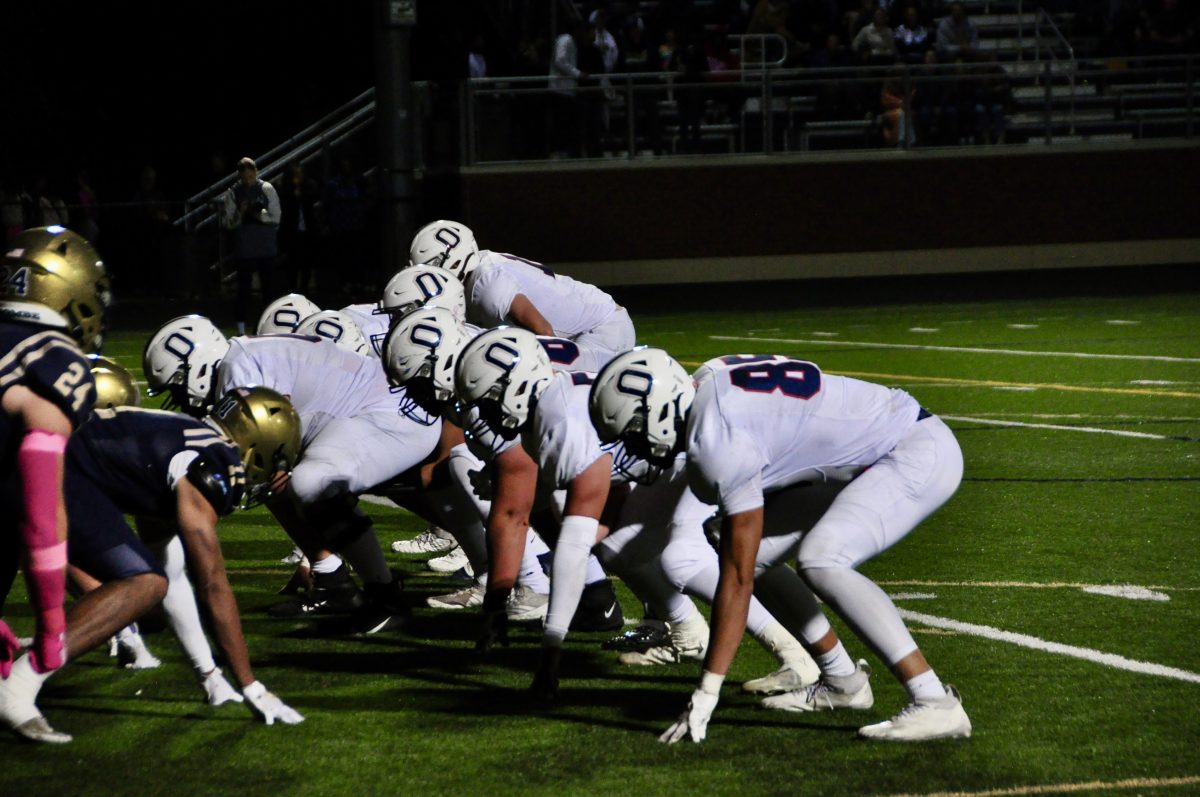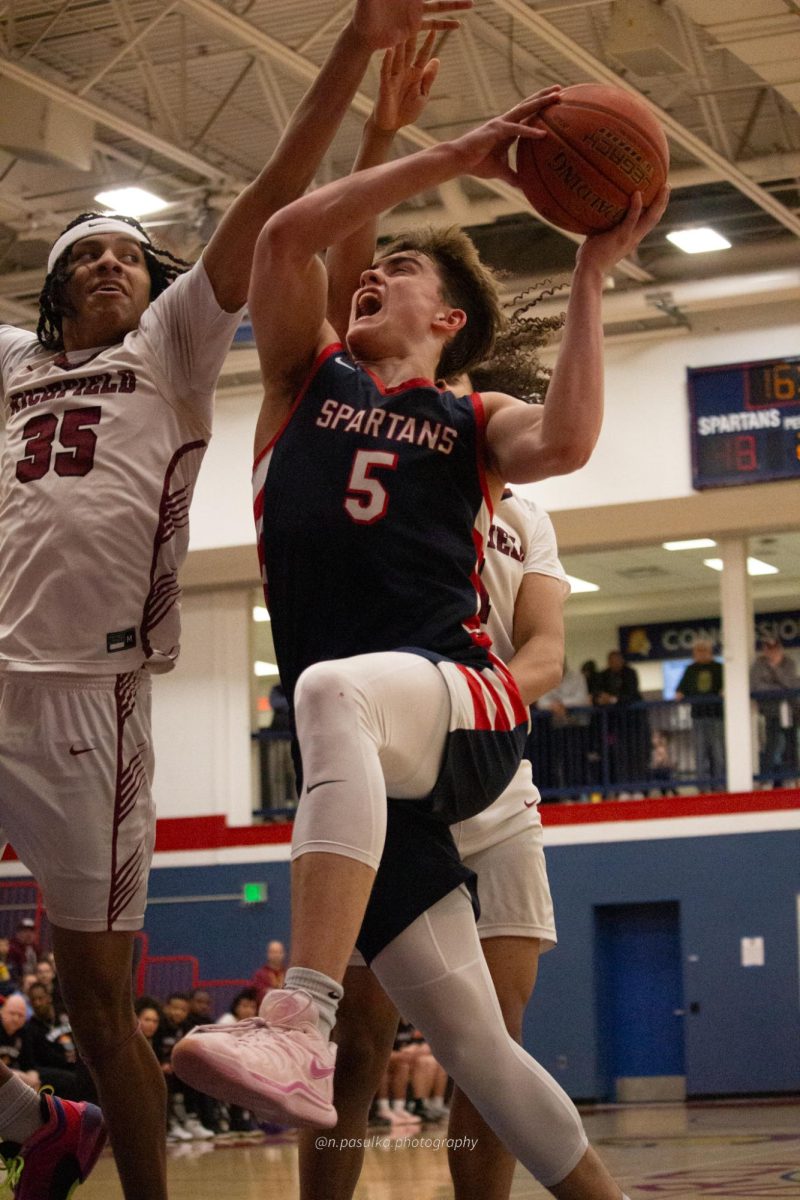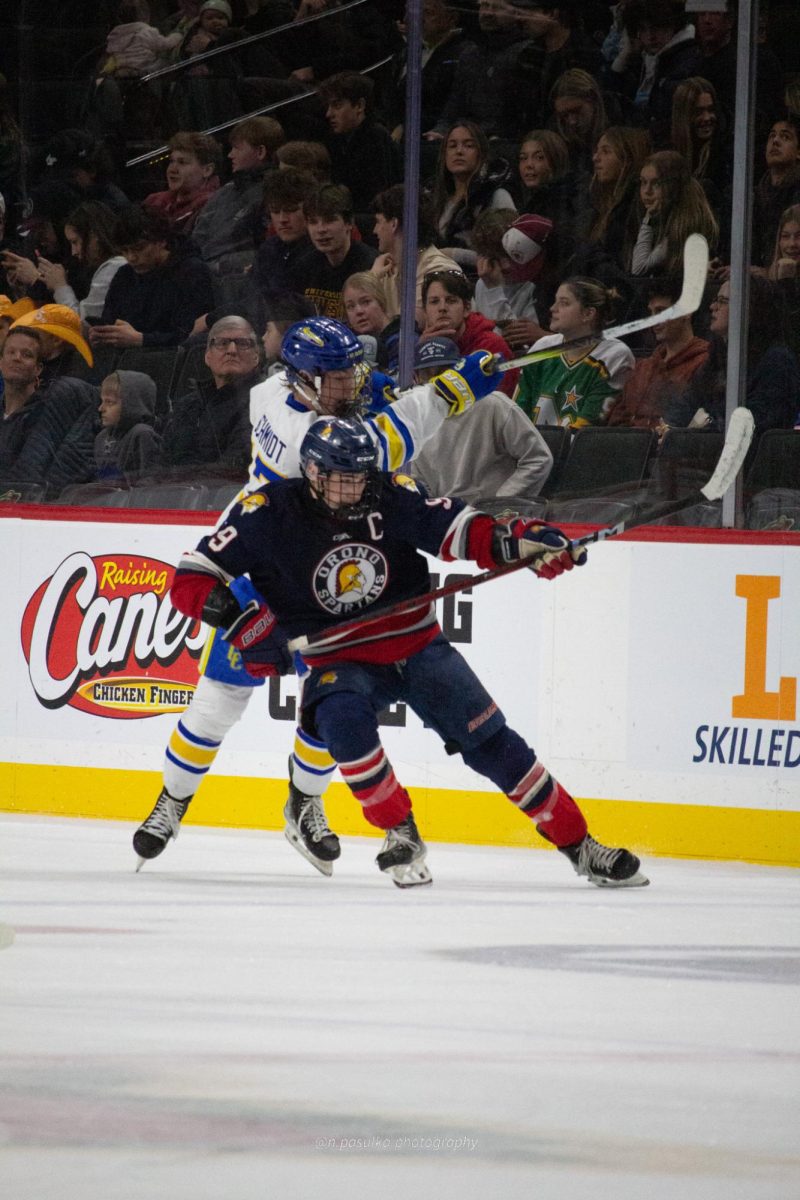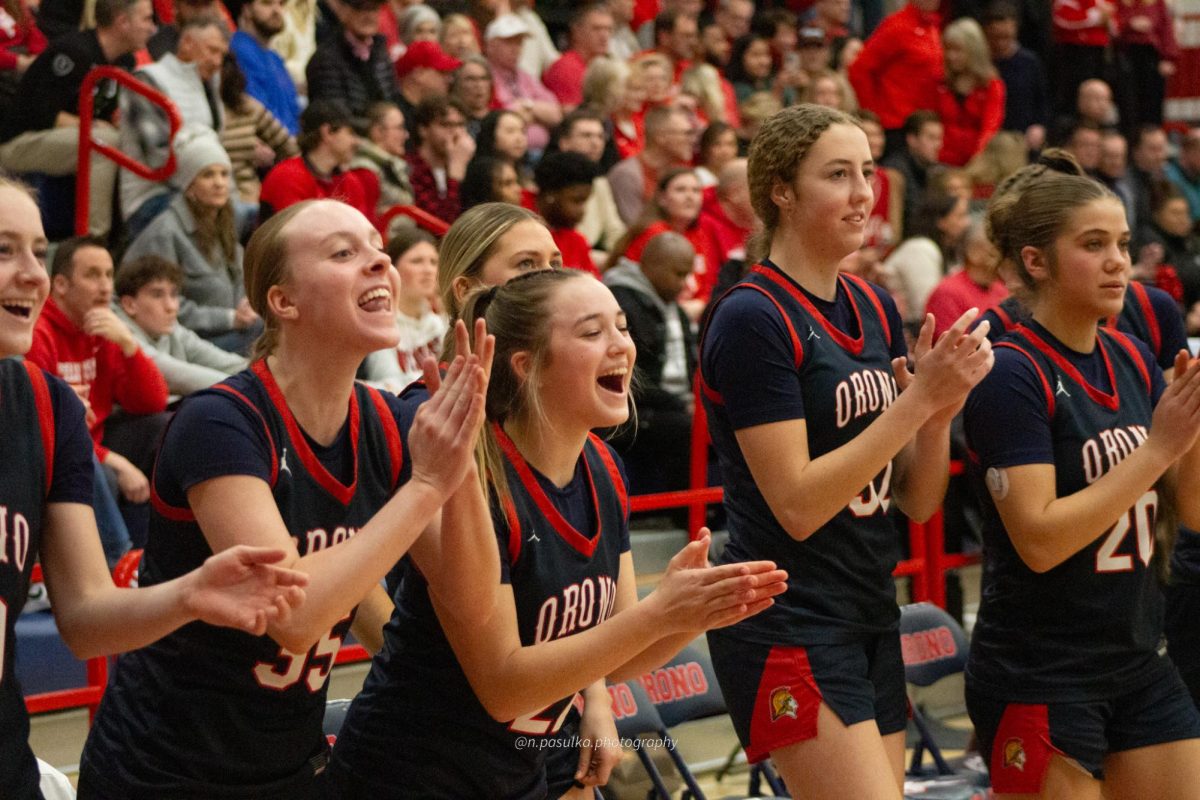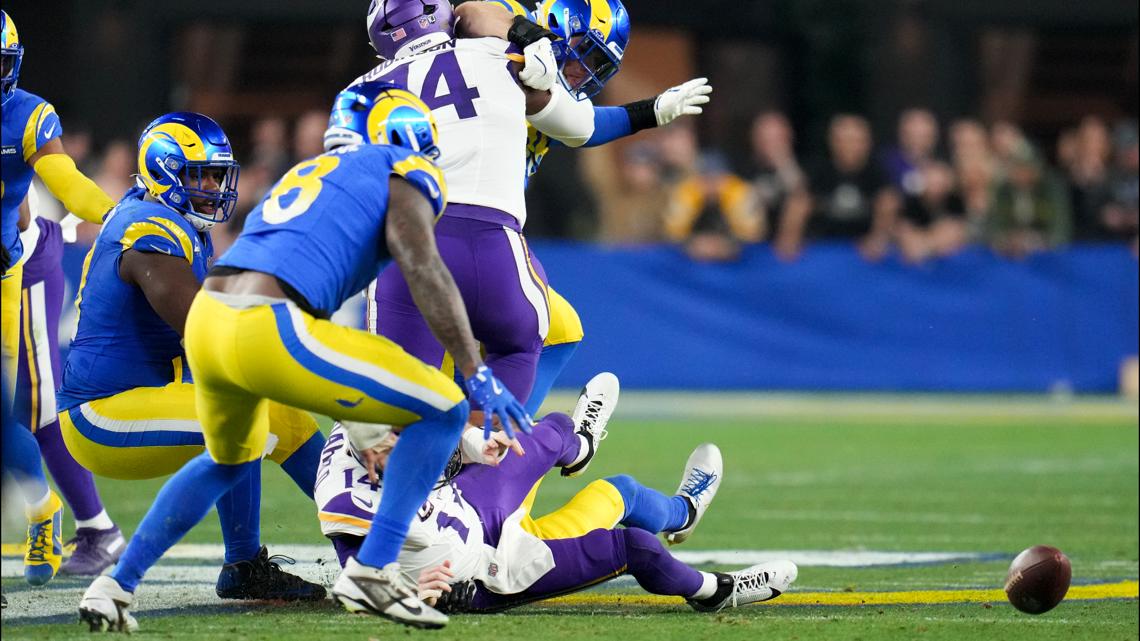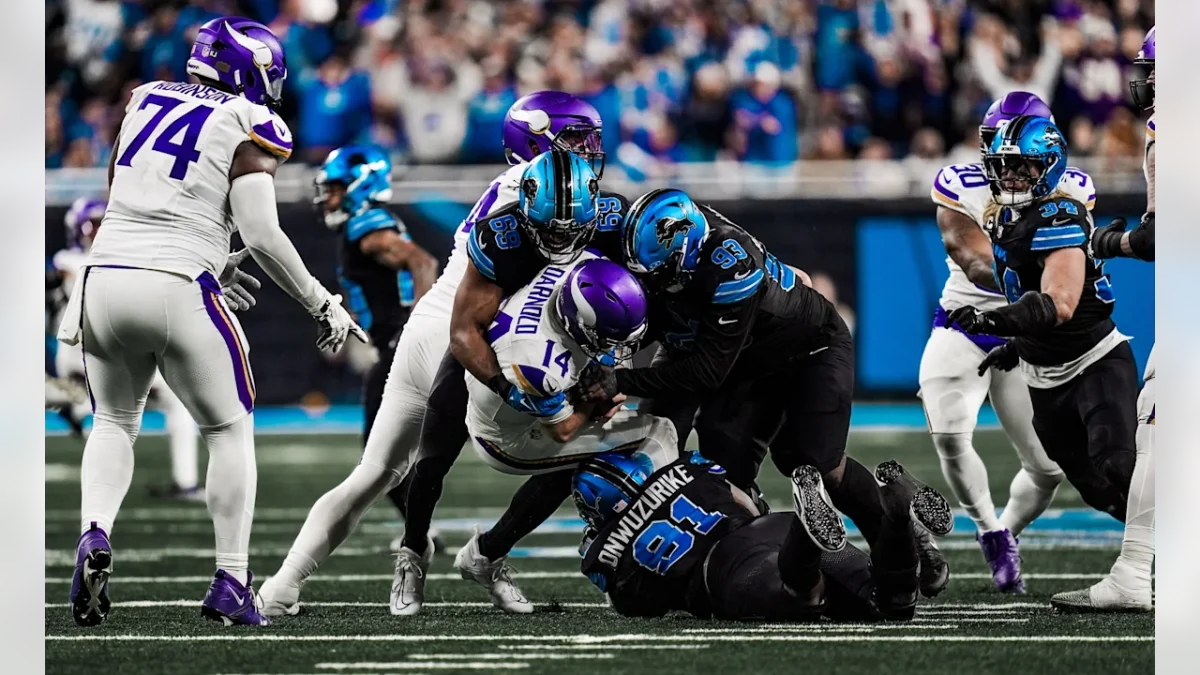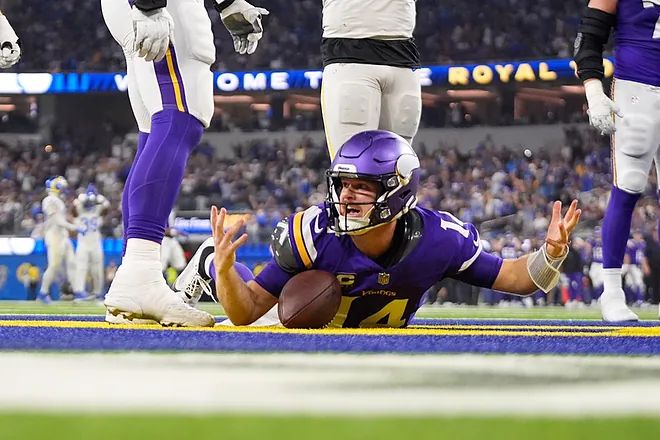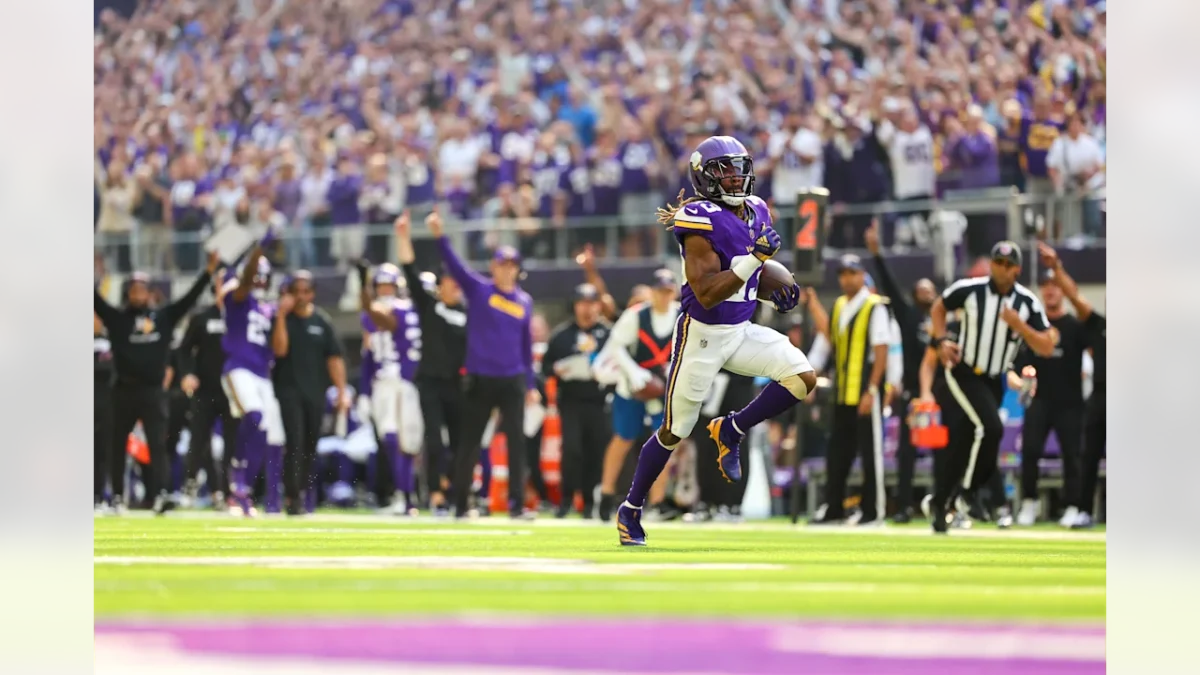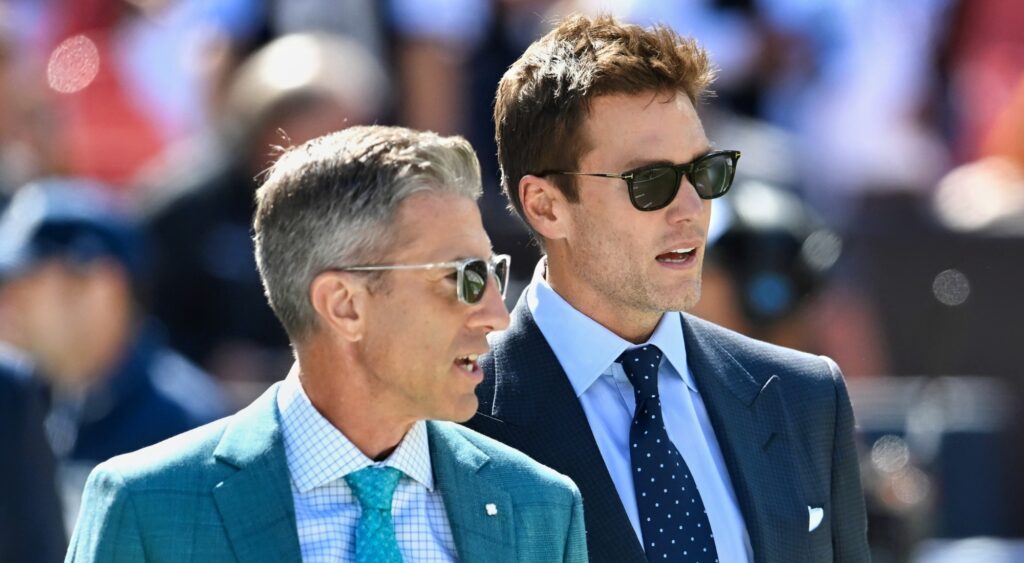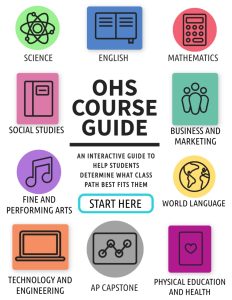Injury Prevention and Nutrition
December 8, 2015
With 18 varsity sports offered at Orono High School and many other club sports, a great number of students participate in some type of sport, be it dance or football, crew or hockey. High school athletes can and do have varying levels of dedication and interest, but there is one universal goal on every team. That goal is to do well and win.
But every year it seems that just as sports start, crutches, braces and boots start appearing as well. Physical competition breeds injury, so the age-old question remains. How do you maximize your ability in your chosen sport(s) while staying healthy?
The U.S. Center for Sports Medicine states that approximately 200,000 people every year injure their ACL alone. Along with that, according to Exos Fitness, 25 percent of all knee injuries seen in an emergency room are torn MCLs. High school athletes are at a high risk for both of these injuries, as ages 15-45 are the most vulnerable to these type of injuries stated University of California – San Francisco.
There are the conventional methods: stretching before games, lifting weights and running to improve cardio health. None of these activities are bad for you, but without a clear purpose and focus, they may not necessarily improve your game.
A common mistake made during training is valuing quantity over quality.
Blake Freese, an athletic trainer based out of Eden Prairie, preaches this. “A lot of athletes are doing absurd amounts of work with little recovery,” Freese said, “More is not always better.” Freese has trained 30 division 1 athletes, a 1st round NFL draft pick, multiple professional basketball players, and an Olympian.
Freese said that continued high intensity, low recovery workouts will leave muscles and the central nervous system taxed which, in turn, leaves an athlete susceptible to injuries. When your body is unable to function at full capacity, fatigued and incorrect movement patterns are adopted. These patterns leave your body vulnerable during competition.
A healthier workout routine should focus on quality and applicability of exercises, Freese said, and obviously, to improve at your sport you should work on the muscles you use. Don’t spend time on improving muscles that are not going to directly impact your game.
Just as important as the actual workout is rest. Both in between repetitions and actual workouts, you need to rest. According to an article in Men’s Health, “the amount of rest you have between sets can have a major impact on how the exercise affects your body.”
It goes on saying that “if you rest too long, your workouts lose intensity. Rest too little and you burn out quickly.” For a strength gain workout that a typical athlete would do, Men’s Health recommended to take a 2-4 minute rest between an exercise.
“Both your muscles and central nervous system need time to recover after lifting heavy weights,” says Men’s Health, “and failing to rest long enough could even slow your recovery between workouts.”
Along with training, diet is essential to staying healthy and performing at the highest level. Freese, as well as organizations like Brown University and the International Society of Sports Nutrition, recommend a diet specific to the athlete.
A sports nutrition study done by Brown yielded interesting results. Most shockingly, all those protein bars and shakes are not actually helping you as much as you think.
Yes, an athlete’s body does need more protein than the average person, but “if you take in more protein than needed for muscle production, the body will store the excess as fat tissue,” stated the study. Instead of adding all muscle, those supplements can actually do the opposite, adding fatty tissue.
The Brown study also suggests pregame meals full of fruit like smoothies, yogurt and granola bars. These smaller snacks “allow your body to have some available energy … without having too much food in the stomach.”


